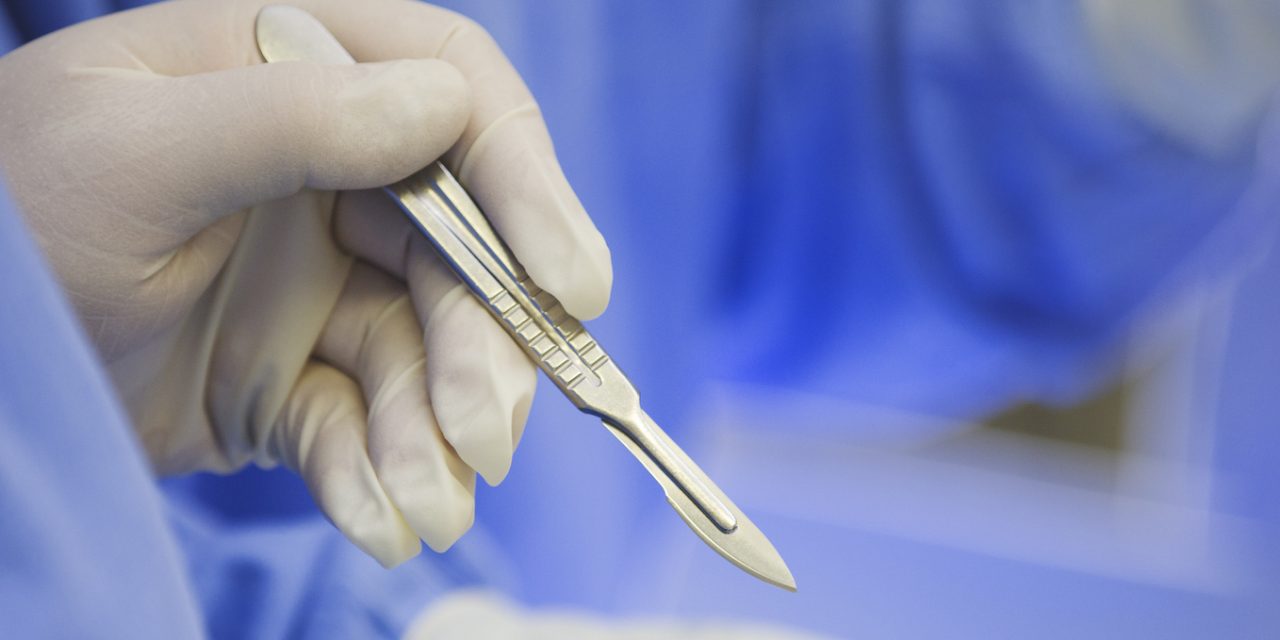As the tear is noninvasively and continuously available, it has been turned into a convenient biological interface as a wearable medical device for out-of-hospital and self-monitoring applications. Recent progress in integrated circuits (ICs) and biosensors coupled with wireless data communication techniques have led to the implementation of smart contact lenses that can continuously sample tear fluid, analyze physiological conditions, and wirelessly transmit data to an electronic device such as smartphone, which can send data to relevant healthcare units. Continuous analyte monitoring is one of the significant characteristics of wearable biosensors. However, despite several advantages over other on-skin wearable medical devices, batteries cannot be incorporated on smart contact lenses for continuous electrical power supply due to the limited area. Herein, we review the progress of power delivery techniques of smart contact lenses for the first time. Different approaches, including wireless power transmission (WPT), biofuel cells, supercapacitors, flexible batteries, wired connections, and hybrid methods, are thoroughly discussed to understand the principles of self-sustainable contact lens biosensors comprehensively. Additionally, recent progress in contact lens biosensors is reviewed in detail, thereby providing the prospects for further developments of smart contact lenses as a common biosensing platform for various disease monitoring and diagnostic applications.Copyright © 2021 Elsevier B.V. All rights reserved.
Powering smart contact lenses for continuous health monitoring: Recent advancements and future challenges.


